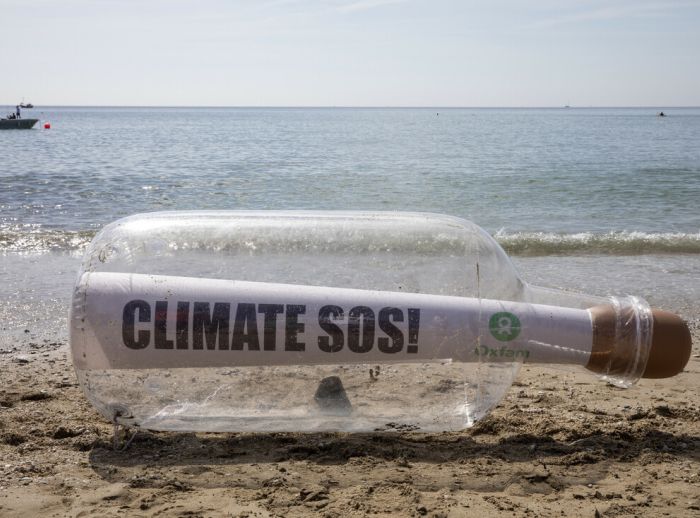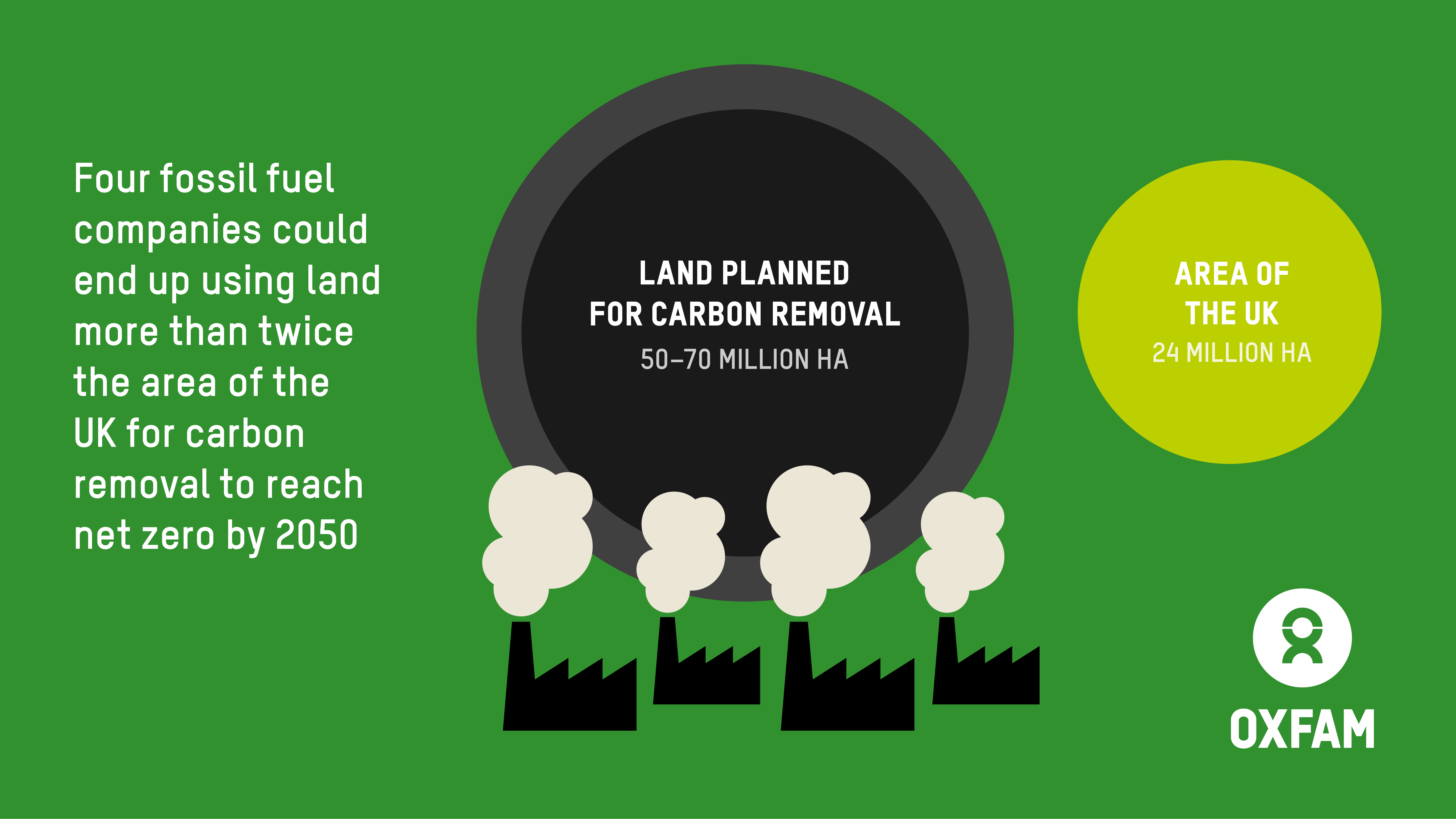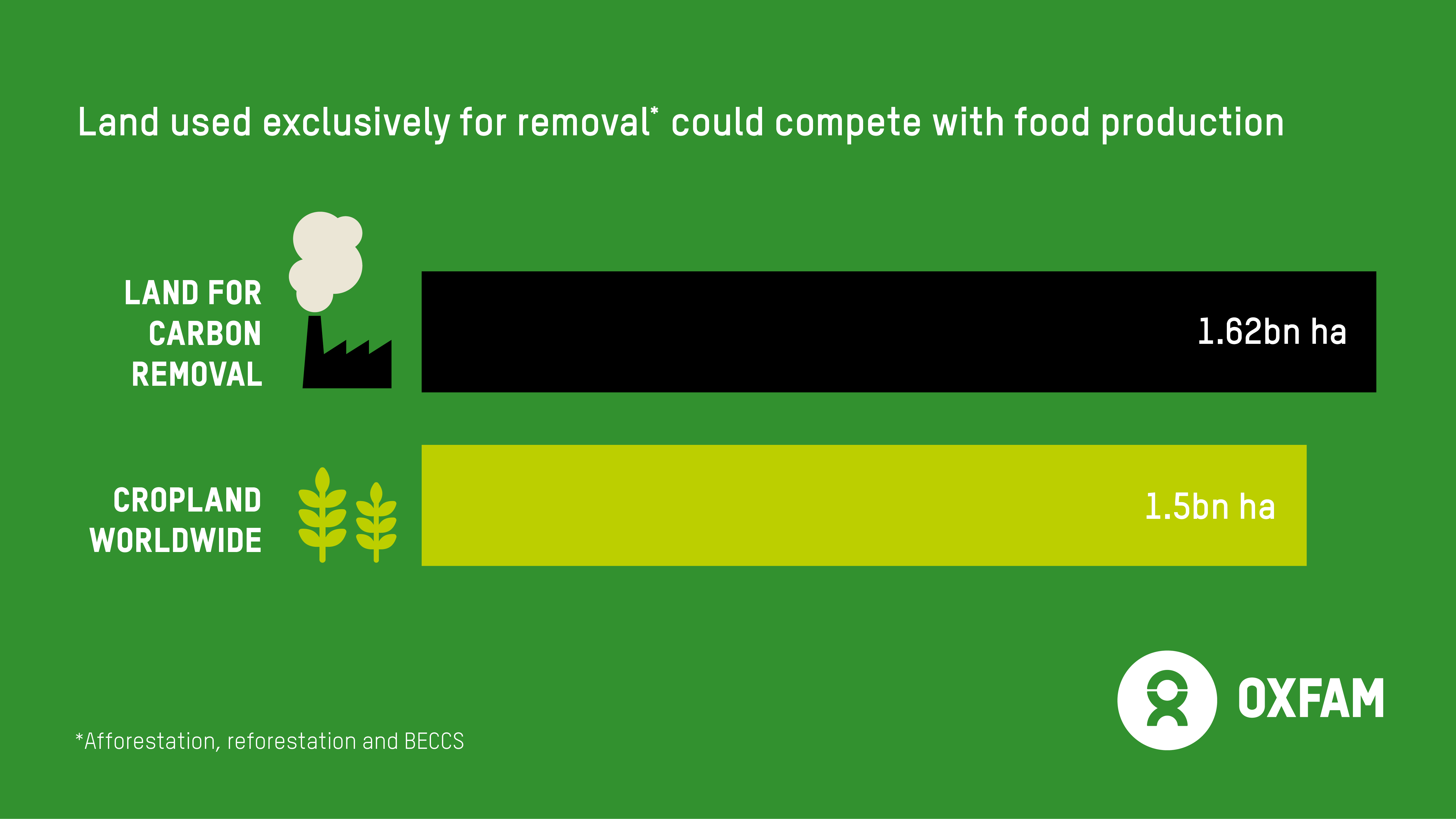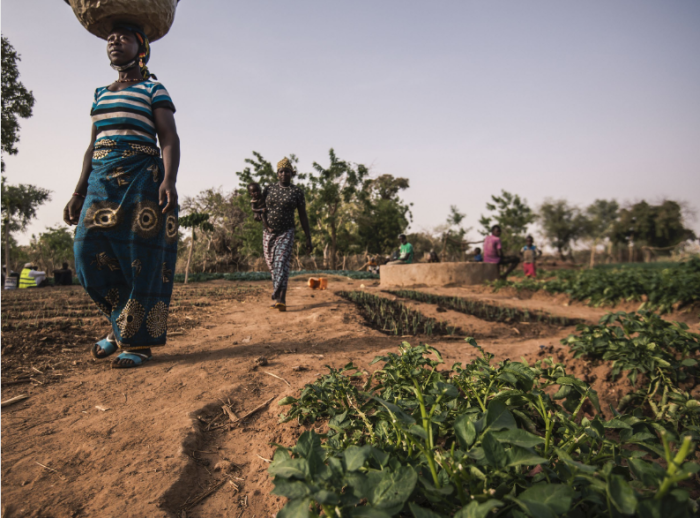- 6 min read
- Published: 11th August 2021
‘Net zero’ - a dangerous distraction gambling with our planet’s future
Lucy Njeri lives in the Rift Valley in Kenya. In late May her seeds began to germinate when the rains arrived. But instead of the expected long rainy season, the rains stopped after just a week. Since then, each day she scans the horizon looking for rain. The bean crop is already ruined. She has some faint hopes for the maize, but only if the rains come soon. If not, they won't be able to plant again until next year and there will be widespread hunger.
Climate change for us is real. It is already here. It is causing great hunger.— Lucy Njeri
Every week a new country or corporation announces a target to achieve ‘net zero’ carbon emissions as their contribution to stopping climate breakdown. While these look good on paper, and are often reported uncritically in the media, without clear definition they risk being dangerous distractions that gamble with our planet’s future.
While in theory achieving net zero emissions is a worthy North Star, it’s striking how much that one small word ‘net’ can obscure. ‘Net zero emissions’ and ‘zero emissions’ do not mean the same thing. Instead, in many cases, net zero targets are a green-washing exercise that allows for business as usual.
Net zero targets have become popular because they give government and corporate leaders what they are desperate for. A convenient way to look like they are taking dramatic action to stop the climate crisis while largely failing to do so.

Later this year, governments will come together in Glasgow for the follow-up climate summit to the 2015 Paris meeting. If we are to save our planet, and prevent millions of lives being lost, it is vital that governments and corporations are not allowed to get away with vague 'net zero' targets. They must be asked continuously and relentlessly what their plans are to cut their own carbon emissions.

Net zero targets are also risky because instead of focusing on cutting carbon emissions, for example rather than rapidly ending the use of fossil fuels, they rely instead on using other methods to remove carbon from the atmosphere. This can allow countries and corporations to continue to pollute, as the millions of tonnes of carbon emissions their factories and power plants produce will somehow then be removed from the atmosphere, cancelling out their pollution and supposedly achieving ‘net zero'.
The problem is this removal of carbon either relies on virtually unproven new technologies, or on a level of land use that is completely impossible and would lead to mass hunger and displacement of people across the world. Despite the buzz devoted to new technologies (that will somehow rescue us from the need to stop belching CO2 into the atmosphere) none have yet proven possible to use at scale.

The only proven way to remove carbon from the atmosphere is to use land to do so - by growing billions of trees and storing carbon in trees and soil. While stopping deforestation and sustainably restoring and managing lands wherever possible is of course a good thing to do and brings enormous environmental and social benefits, it is mathematically impossible to plant enough trees to meet the combined 'net zero' targets announced by governments and corporations, as there is simply not enough land to do this.
Land is a finite resource that is a vital lifeline for growing food. It is central to the lives and livelihoods of millions of small farmers and local communities around the planet.
We have calculated that the total amount of land required for planned carbon removal could potentially be five times the size of India, or the equivalent of all the farmland on the planet.
Our analysis also shows that the net zero targets of just four of the big oil and gas producers alone could require an area of land twice the size of the UK.</p><p>If the oil and gas sector as a whole adopted similar net zero targets, it could end up requiring land that is nearly half the size of the United States.
There is a very real risk that the explosion in 'net zero' commitments will fuel a new surge in demand for land, particularly in low-and middle-income countries, which would lead to mass displacement and hunger. In India, for example, as part of an afforestation drive, traditional lands have been fenced off, and communities who have rights to use this land have been forcibly evicted and left homeless. These conflicts are impacting nearly half a million tribal and forest-dwelling people.

Instead of using land as a carbon farm that helps big emitters sound good while sidestepping the actual hard work required to cut emissions, we need to manage land in ways that tackle climate change and hunger together, while strengthening the rights and resilience of communities reliant on it for both their food and economic security.
It is clear to us all that climate change has already begun, and unless drastic action is taken now a future of terrible hunger, extreme temperatures, floods, storms and droughts is a certainty.
But we can still stop this.
At the Glasgow Climate Summit, real, transparent, concrete and timebound cuts to carbon can be agreed for 2030.
A forest of flimsy net zero commitments for 2050 and beyond risks letting governments and corporations off the hook, substituting the illusion of action for the hard work that must be done immediately if we are to avert climate disaster.
Our demands
- A much stronger focus on cutting carbon emissions in the near term (by 2030). Unless the biggest emitters of carbon dioxide take urgent action to cut emissions by half by the end of the decade, runaway climate breakdown will become inevitable.
- That the G20 prioritises ambitious climate action in the run-up to COP26 in Glasgow to ensure that global heating is kept below 1.5°C.
- That companies cut emissions in their own operations and supply chains first and foremost. Ambitious action to cut emissions by 2030 requires phasing out support for new fossil fuel production. The fossil fuel industry cannot use 'net zero' as a prop for continuing business as usual.
- Transparent targets that distinguish between reducing and removing carbon, instead of blurring the boundaries with short-term (2030), medium- (2040) and long-term targets.
- That land use must ensure zero hunger. Land and nature are important parts of the climate solution, but where we do use land for climate mitigation, it must prioritise food security and build the resilience of small-scale farmers who rely on land. Nature-based solutions must strengthen the rights and livelihoods of local communities and protect ecosystems, and be subject to strong social and environmental safeguards that ensure that local communities, Indigenous people and frontline defenders have a seat at the table.
